Report Your Black-crowned Night-Heron Sightings
Once abundant throughout the wetlands of Illinois, Black-crowned Night-Herons were added to the Illinois Endangered Species List in 1977. The species is declining due to habitat degradation and loss. One lone colony remains - at Lincoln Park Zoo in the heart of Chicago.
They first appeared at the Zoo in 2007 and last year there were more than 600 herons nesting there. A single colony is dangerous for a species. A catastrophic weather or disease-related event can bring serious disaster. Their colony is also limited to the size of the habitat at the zoo.
Projects have been launched to help preserve this species in Illinois. One project attaches tracking devices to some herons at the zoo. Herons are also being banded. The tracking will provide more insight into where they forage and prefer to spend their time. The data will help researchers better understand how to help these herons establish new nesting sites.
Another project aims to entice BCNHs to nest again at Big Marsh Park. This is near wetland sites where the birds bred until the early 2000s. That’s when their nesting trees died, and widely fluctuating water levels left nests disposed to predator disturbance and subsequent abandonment of the rookery. Researchers hope to encourage some birds to return through “conspecific attraction,” which relies on the tendency of wading birds to spend time near others of their species.
The team has placed 19 BCNH decoys around a suitable nesting area and set up callboxes that play BCNH vocalizations at dawn and dusk when the birds are most active and likely to be flying overhead.
You Can Help by Reporting Your BCNH Sightings
The research team would like to gather as much as data possible. They're asking everyone to keep an eye out for BCNHs throughout the Chicago area and report any sightings on a simple online form at: https://arcg.is/0vKHPW0.
If you're close enough to the bird, look for leg bands. In addition to the standard federal silver band, each banded bird is fitted with a white alphanumeric tag that can be used to visually identify it from a distance (e.g., A23). If you think you spot a banded bird, please look closely at its left leg for that alphanumeric tag and include it in your report!
Learn more:
BCNHs at the zoo: Lincoln Park Zoo’s Wildest Residents Are a Colony of Free-Range Night Herons Who Like Having Wolves for Bodyguards
Big Marsh conspecific attraction project: Black-crowned Night-Heron Urban Ecology
More about the tracking project: Tracking the Endangered Black-Crowned Night-Heron
2024 Zoom presentations: Black-crowned Night-Heron Project
These projects are led by University of Illinois at Urbana-Champaign in collaboration with Bird Conservation Network, Chicago Black-crowned Night-Heron Project, Illinois Department of Natural Resources, Illinois Audubon Society, and Lincoln Park Zoo.
June 22, 2024


